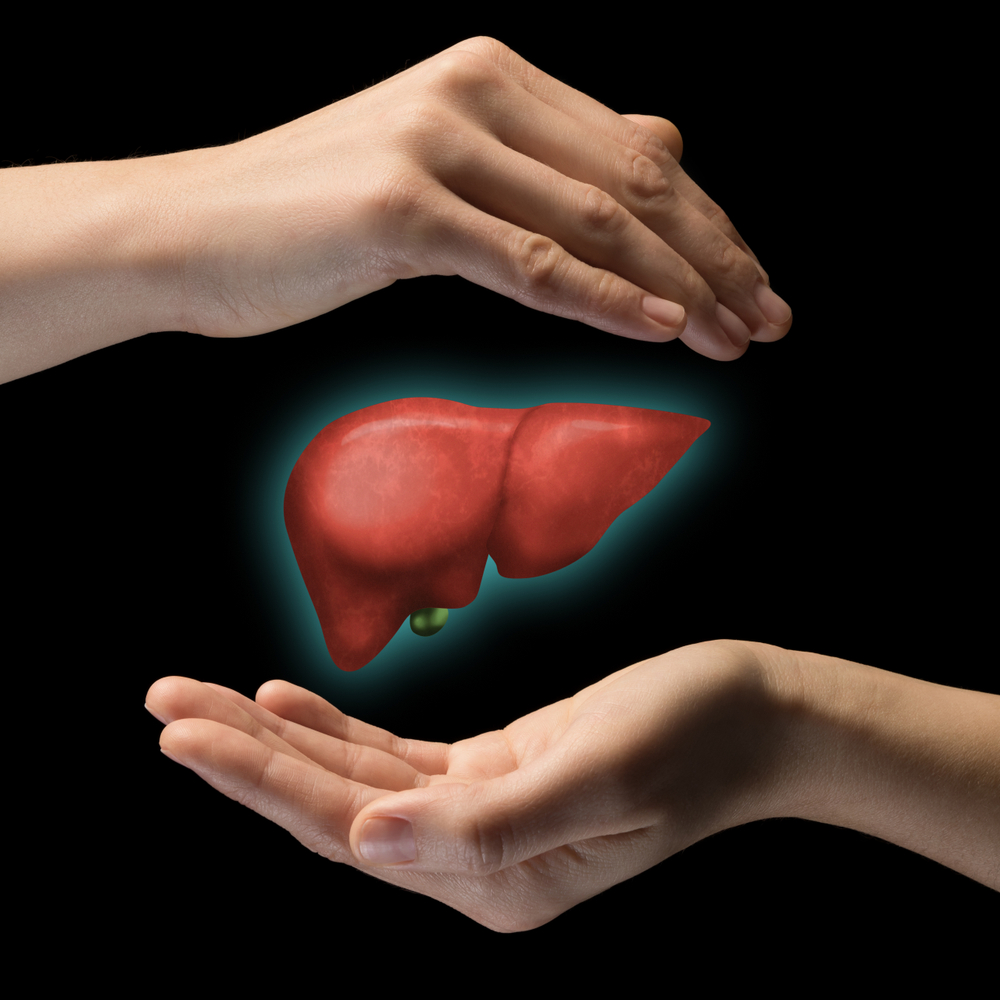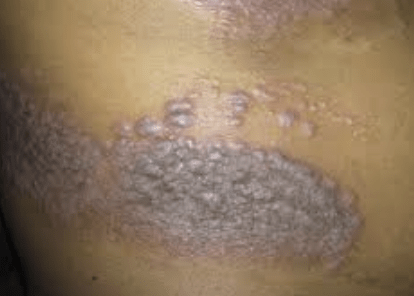In the AFFIRM trial, Ulrich Mrowietz and colleagues from the Department of Dermatology at the University Medical Center Schleswig-Holstein in Campus Kiel, Germany, examined the safety and efficacy of tepilamide fumarate extended-release tablets for the treatment of plaque psoriasis. In their report, published in The Journal of Clinical and Aesthetic Dermatology, they stated that “patients with moderate-to-severe plaque psoriasis treated with oral tepilamide fumarate demonstrated positive response and treatment was well-tolerated.”
The phase IIb trial enrolled a total of 426 patients with psoriasis. Participants were randomized to receive once or twice daily tepilamide fumarate 400 mg, 600 mg, or a placebo. The primary measures of the trial were the proportion of patients who achieved a ≥75% reduction in their Psoriasis Area and Severity Index (PASI-75) score and a ≥2 point reduction on the Investigator’s Global Assessment (IGA) scale for a clear or almost clear rating.
According to the article, PASI-75 was achieved by 39.7%, 47.2%, 44.3%, and 20% of patients in the 400 mg once daily, 400 mg twice daily, 600 mg twice daily, and placebo groups, respectively. In the same groups, the proportion of patients who achieved an IGA treatment success outcome were 35.7%, 41.4%, 44.4%, and 22.0%, respectively. Regarding safety, the authors reported that “between 50–66% of tepilamide fumarate and 48% of placebo patients” experienced one or more treatment-emergent adverse events (TEAEs). The complications increased in the tepilamide fumarate patients included gastrointestinal intolerance, infection, and decreased lymphocyte count.
While the authors acknowledged that the high response in the placebo group limits the strength of their results, they nevertheless concluded that “oral tepilamide fumarate appears to have similar effectiveness to existing [fumaric acid ester (FAE)] formulations, with lower rates of TEAEs. The clinical development of tepilamide fumarate 400 mg BID may help to address unmet treatment needs in this patient population.”
Source: https://www.ncbi.nlm.nih.gov/pmc/articles/PMC8903235/









